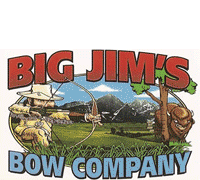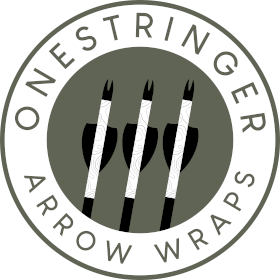I believe GreyRhino is right on in his post about rotational forces and such...
Also, string angle CERTAINLY plays a role in this topic as any variation in a release reduced on a longer bow due to the string angle not at the archer's fingers so much as it is on the bow's tips. I am not saying finger pinch isn't a factor, as that too certainly could come into play.
However, I am surprised the amount of limb core has not taken a bigger role in this topic.
If one has two bows of the same poundage, generally the longer bow will have more limb core (this may of course vary for riser length, design, and materials used).
Now, why does this matter? It promotes BOTH lateral stability (resistance to twist) and vertical stability (resistance to varying dynamic tiller due to high or low wrist changes or finger pluck in a poor release). This all helps the bow maintain alignment as the bow is drawn. It aligns to the tension...and "self-adjusts" to the natural tiller the bowyer put into the bow and resists the minor twisting an archer may have in their draw from bowhand to drawing hand. To illustrate this...lets take two extremes...a HH bow and an Olympic recurve. Try twisting both on purpose. The Olympic recurve will twist like a ribbon, while twisting the HH bow will be as difficult as trying to twist a piece of pipe...yet Olympic archers use the Olympic recurve (long ones though) as they have flawless form and have perfected the perfect draw/release and bowhand so everything stays in alignment.
With today's modern materials, such as superior glues, carbon limbs, and even good glass, I don't believe we need 68" bows to obtain extreme stability, but I think some have taken a good thing (the maneuverability of a short bow), and gone too far with it. The old "rob Peter to pay Paul" phrase should remind us to seek balance.
Now, what length is going to work best for you is going to depend upon the design. I would never want a 64" HH bow, as it would stack too much at my draw if it had much limb core...and would be slow. Reduce the core to improve the performance and draw and you loose the stability. In a HH design, 67-68" is ideal for me. With my r/d design, I like 64." I get all the stability I need with a bow 4" shorter than a straight limbed bow and with much improved performance. That said, 64" would be long in a bow with a forward handle that had a short and significantly deflexed riser. The forward grip, short riser, and deflex angle at the riser all add stability, but the cost significant performance in terms of performance as all these traits reduce stored energy. Again..."rob Peter to pay Paul" comes to mind.
So, in the end, we need to select what it is we want to accomplish with the bow, and then select the bow that meets those demands best.
I would NOT choose the same bow for an Olympic archer that shoots in an open field that I would chose for a turkey hunter that hunts inside a ground blind tent.














